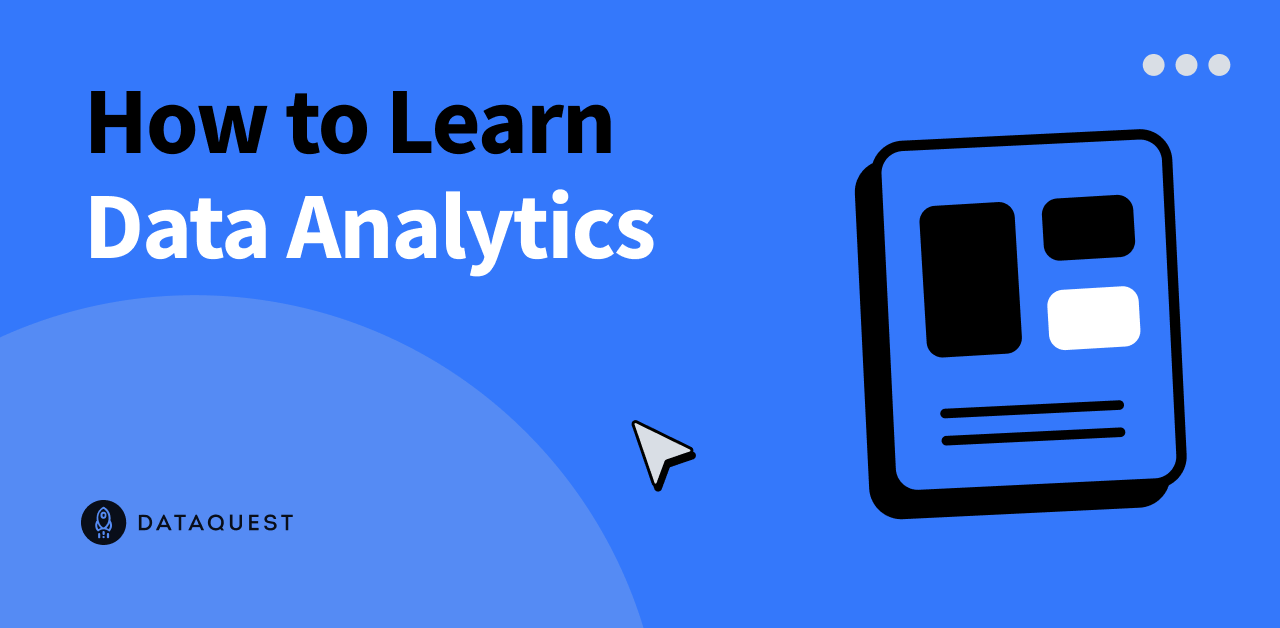In 2016, Microsoft launched an AI chatbot named Tay. It was supposed to dive into real-time conversations on Twitter, pick up the lingo, and get smarter with every new chat. However, the experiment went south as malicious users quickly exploited the chatbot’s learning skills. Within hours of its launch, Tay started posting offensive and inappropriate tweets, mirroring the negative language it had learned from the users. Tay’s tweets went viral, attracting a lot of attention and damaging Microsoft’s reputation. The incident highlighted the potential dangers of deploying ML models in real-world, uncontrolled environments. The company had to issue public apologies and shut down Tay, acknowledging the flaws in its design.
Fast forward to today, and here we are, delving into the importance of proper machine learning model training – the very thing that could have saved Microsoft from this PR storm. So, buckle up! Here’s your guide to ML model training from the ITRex machine learning development company.
Machine learning model training: how different approaches to machine learning shape the training process
Let’s start with this: there’s no one-size-fits-all approach to machine learning. The way you train a machine learning model depends on the nature of your data and the outcomes you’re aiming for. Let’s take a quick look at four key approaches to machine learning and see how each shapes the training process.
Supervised learning
In supervised learning, the algorithm is trained on a labeled dataset, learning to map input data to the correct output. An engineer guides a model through a set of solved problems before the model can tackle new ones on its own.
Example: Consider a supervised learning model tasked with classifying images of cats and dogs. The labeled dataset comprises images tagged with corresponding labels (cat or dog). The model refines its parameters to accurately predict the labels of new, unseen images.
Unsupervised learning
Here, to the contrary, the algorithm dives into unlabeled data and seeks patterns and relationships on its own. It groups similar data points and discovers hidden structures.
Example: Think of training a machine learning model for customer clusterization in an e-commerce dataset. The model goes through customer data and discerns distinct customer clusters based on their purchasing behavior.
Semi-supervised learning
Semi-supervised learning is the middle ground that combines elements of both supervised and unsupervised learning. With a small amount of labeled data and a larger pool of unlabeled data, the algorithm strikes a balance. It’s the pragmatic choice when fully labeled datasets are scarce.
Example: Imagine a medical diagnosis scenario where labeled data (cases with known outcomes) is limited. Semi-supervised learning would leverage a combination of labeled patient data and a larger pool of unlabeled patient data, enhancing its diagnostic capabilities.
Reinforcement learning
Reinforcement learning is an algorithmic equivalent of trial and error. A model interacts with an environment, making decisions and receiving feedback in the form of rewards or penalties. Over time, it refines its strategy to maximize cumulative rewards.
Example: Consider training a machine learning model for an autonomous drone. The drone learns to navigate through an environment by receiving rewards for successful navigation and penalties for collisions. Over time, it refines its policy to navigate more efficiently.
While each machine learning approach requires a uniquely tailored sequence and emphasis on certain steps, there exists a core set of steps that are broadly applicable across various methods. In the next section, we are walking you through that sequence.
Machine learning model training step by step
Identifying opportunities and defining project scope
The step involves not just deciphering the business problem at hand but also pinpointing the opportunities where machine learning can yield its transformative power. Start by engaging with key stakeholders, including decision-makers and domain experts, to gain a comprehensive understanding of the business challenges and objectives. Next, clearly articulate the specific problem you aim to address by training a machine learning model and ensure it aligns with broader business goals. When doing so, beware of ambiguity. Ambiguous problem statements can lead to misguided solutions. It’s crucial to clarify and specify the problem to avoid misdirection during subsequent stages. For example, go for “increase user engagement on the mobile app by 15% through personalized content recommendations within the next quarter” instead of “increase user engagement” – it’s quantified, focused, and measurable.
The next step that you can take as early as at the scope definition stage is assessing the availability and quality of relevant data. Identify potential data sources that can be leveraged to solve the problem. Say, you want to predict customer churn in a subscription-based service. You will have to assess customer subscription records, usage logs, interactions with support teams, and billing history. Apart from that, you could also turn to social media interactions, customer feedback surveys, and external economic indicators. Finally, evaluate the feasibility of applying machine learning techniques to the identified problem. Consider technical (e.g., computational capacity and processing speed of the existing infrastructure), resource (e.g., available expertise and budget), and data-related (e.g., data privacy and accessibility considerations) constraints.
Data discovery, validation, and preprocessing
The foundation of successful machine learning model training lies in high-quality data. Let’s explore strategies for data discovery, validation, and preprocessing.
Data discovery
Before diving into ML model training, it’s essential to gain a profound understanding of the data you have. This involves exploring the structure, formats, and relationships within the data. What does data discovery entail exactly?
– Exploratory data analysis (EDA), where you unravel patterns, correlations, and outliers within the available dataset, as well as visualize key statistics and distributions to gain insights into the data. Imagine a retail business aiming to optimize its pricing strategy. In the EDA phase, you delve into historical sales data. Through visualization techniques such as scatter plots and histograms, you uncover a strong positive correlation between promotional periods and increased sales. Additionally, the analysis reveals outliers during holiday seasons, indicating potential anomalies requiring further investigation. Thus, EDA allows for grasping the dynamics of sales patterns, correlations, and outlier behavior.
– Feature identification, where you identify features that contribute meaningfully to the problem at hand. You also consider the relevance and significance of each feature for attaining the set business goal. Building on the example above, feature identification may involve recognizing which aspects impact sales. Through careful analysis, you may identify features such as product categories, pricing tiers, and customer demographics as potential contributors. Then you consider the relevance of each feature. For instance, you note that the product category may have varying significance during promotional periods. Thus, feature identification ensures that you train the machine learning model on attributes with a meaningful impact on the desired outcome.
– Data sampling, where you utilize sampling techniques to get a representative subset of the data for initial exploration. For the retail business from the example above, data sampling becomes essential. Say, you employ random sampling to extract a representative subset of sales data from different time periods. This way, you ensure a balanced representation of normal and promotional periods. Then you may apply stratified sampling to ensure that each product category is proportionally represented. By exploring this subset, you gain preliminary insights into sales trends, which enables you to make informed decisions about subsequent phases of the machine learning model training journey.
Data validation
The importance of robust data validation for machine learning model training cannot be overstated. It ensures that the information fed into the model is accurate, complete, and consistent. It also helps foster a more reliable model and helps mitigate bias. At the data validation stage, you thoroughly assess data integrity and identify any discrepancies or anomalies that could impact model performance. Here are the exact steps to take:
– Data quality checks, where you (1) search for missing values across features and identify appropriate strategies for their removal; (2) ensure consistency in data format and units, minimizing discrepancies that may impact model training; (3) identify and handle outliers that could skew model training; and (4) verify the logical adequacy of the data.
– Cross-verification, where you cross-verify data against domain knowledge or external sources to validate its accuracy and reliability.
Data preprocessing
Data preprocessing ensures that the model is trained on a clean, consistent, and representative dataset, enhancing its generalization to new, unseen data. Here’s what you do to achieve that:
– Handling missing data: identify missing values and implement strategies such as imputation or removal based on the nature…























